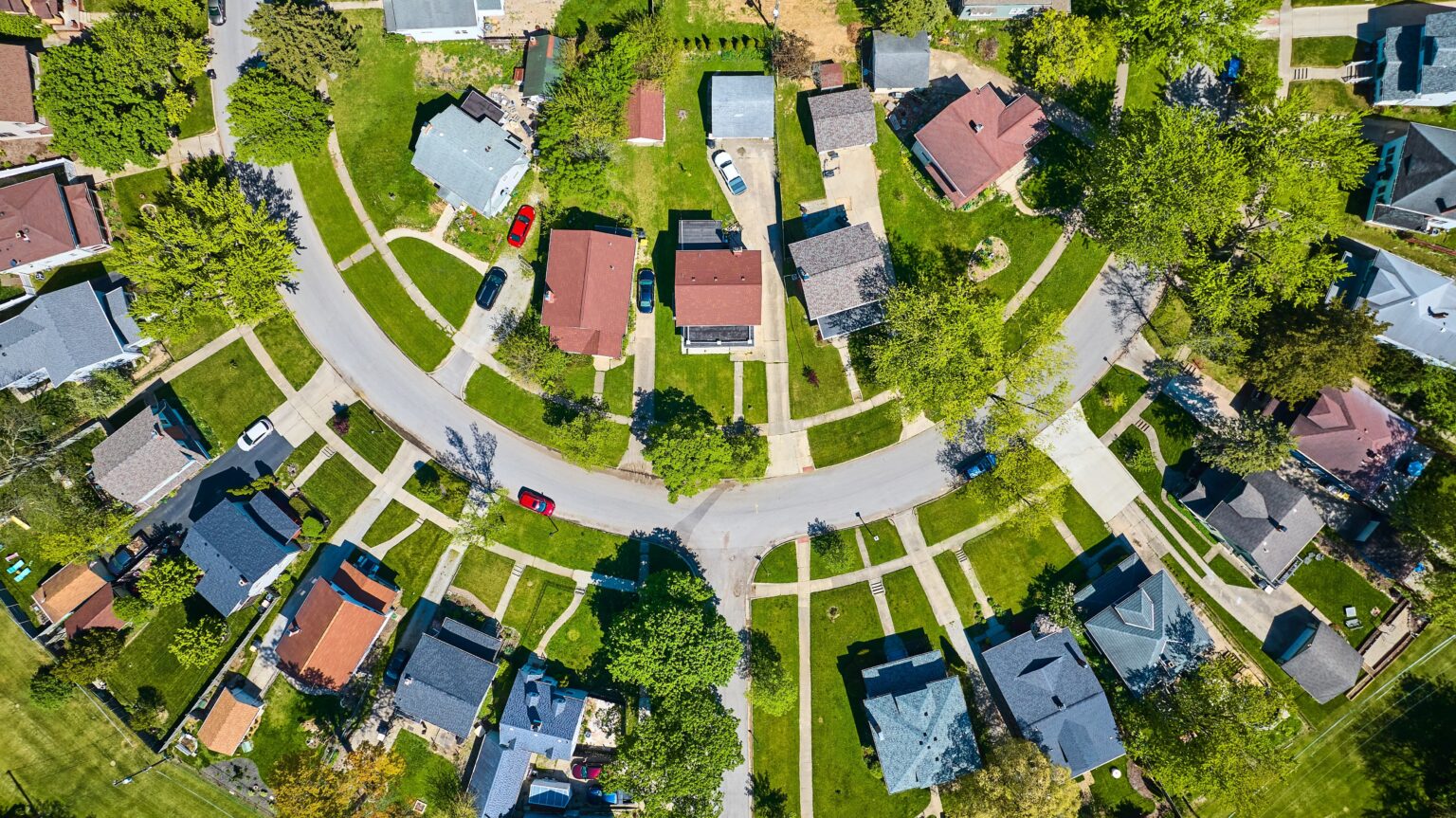Deal Breakdowns Surge in Tight Housing Market
A growing number of homebuyers across the United States are backing out of deals before closing. In May 2025, 14.6% of pending sales agreements were canceled, according to Redfin—marking the highest cancellation rate for that month since 2017. While this figure represents a slight uptick from 14.0% a year earlier, it reflects mounting instability in the housing market.
Data from the National Association of Realtors (NAR) also showed a worrying trend: about 6% of contracts failed to close, up from 5% last year. Although this was a modest improvement over April’s 7%, it still marked the third straight month with elevated cancellation rates.
According to Lawrence Yun, chief economist at NAR, “Even after a contract is signed, the deal is not guaranteed. Buyers are more likely to walk away today if a job offer changes, mortgage financing falls through, or if inspection issues arise.”
Multiple forces are driving this behavior: elevated home prices, stubbornly high mortgage rates, and tighter lending standards. Combined, they are making it harder for deals to survive the homebuying process, especially in lower-income brackets and among first-time buyers.
Affordability Challenges Hit Buyers Hard
Despite signs of softening, affordability remains a major obstacle. The national median existing-home price hit 422,800 US-Dollar in May, the highest ever recorded for that month. Redfin estimates that the average U.S. household now needs an annual income of over 92,000 US-Dollar—almost 90% more than in 2019—to afford a typical home.
Mortgage rates hovering between 6.6% and 6.9% have also deterred many would-be buyers. This is a stark contrast to the ultra-low rates of 2020 and 2021, when homeownership boomed during the pandemic.
Inventory is improving but still tight. As of May, there were 1.54 million homes on the market—a 20% increase year over year—but still far short of the 2 million that characterized the pre-pandemic landscape. Homes are also taking longer to sell, with average days on market climbing from 24 to 27.
First-time buyers, historically a key segment of the market, made up just 30% of purchases—well below the long-term average of 38–40%. This demographic has been particularly impacted by student loan debt, lower savings, and rising costs of living.
Regional Markets Show Sharp Divergences
Not all cities are reacting the same way. In San Antonio, Orlando, and Fort Lauderdale, cancellation rates now exceed 20%, revealing deeper affordability issues and local market volatility.
Meanwhile, prices have begun to fall in select cities. Redfin reports that 11 out of the 50 largest metro areas posted year-over-year price declines in May, including Austin, Las Vegas, and Portland. These markets had previously experienced explosive price growth and are now adjusting more rapidly.
Sellers in these regions are increasingly offering concessions—such as price reductions, help with closing costs, or even mortgage-rate buydowns. Builders have followed suit, especially in suburban and exurban areas, to maintain sales momentum.
Even in higher-priced cities like Seattle or San Francisco, buyers are becoming more selective. Homes that once sold in days now linger for weeks, often requiring price corrections.
What Lies Ahead: Forecasts Point to Caution
Looking forward, the overall picture remains murky. Fannie Mae recently downgraded its forecast for existing-home sales in 2025 from 4.24 million to 4.14 million, citing the ongoing pressure from high borrowing costs. It now expects a rebound only in 2026, when mortgage rates may drop closer to 6.1%.
Redfin forecasts that national home prices could decline by around 1% by the end of 2025, especially if inventory levels continue to climb and demand remains muted. However, the drop is expected to be modest and uneven, with stronger markets stabilizing faster.
For now, the real estate market remains a paradox: more inventory, but fewer successful closings. High mortgage rates, affordability constraints, and shaky consumer sentiment have combined to create a challenging environment for both buyers and sellers.
As Yun puts it, “The housing market today is a tale of two directions—more homes for sale, but fewer people able or willing to buy.”



